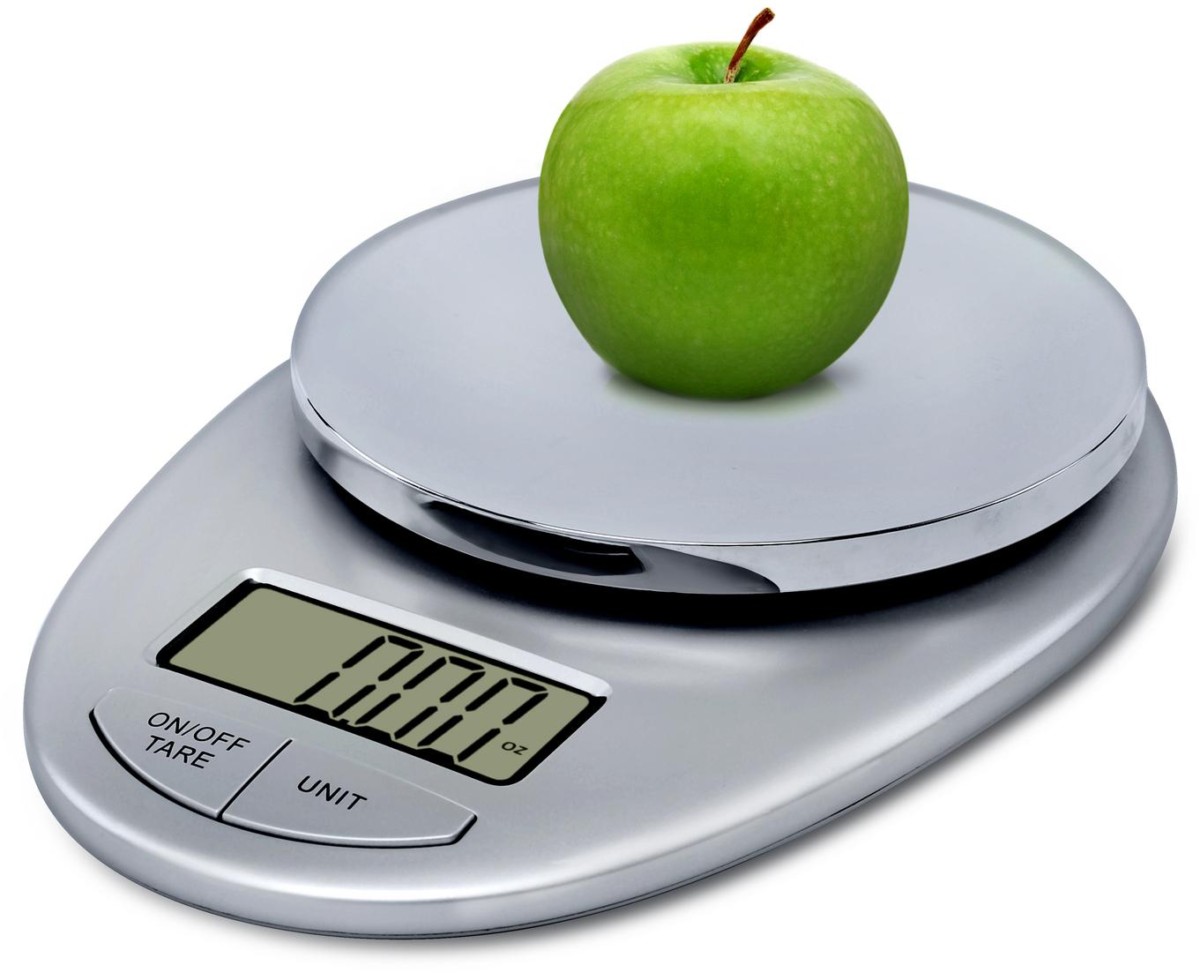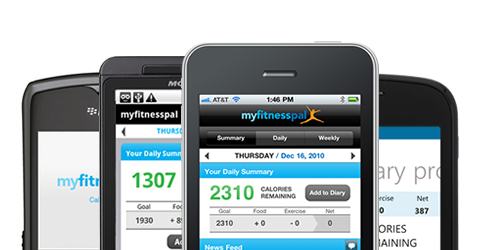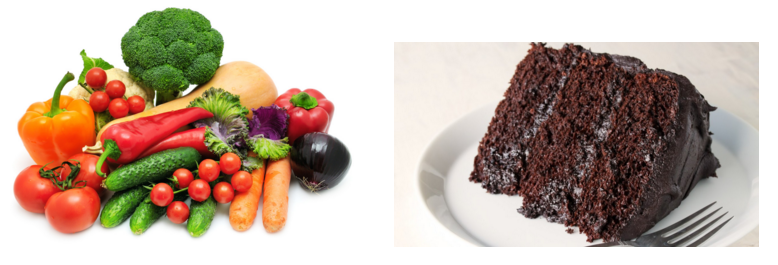
Why I’m Counting my Macros
You may or may not be surprised to know that I’ve never counted my calories. Sure, I’ve kept food diaries and almost always check the nutrition label when possible before I consume a food product, but actually logging calories, never. I mean, numbers have never really been my thing.
So why are you all of a sudden seeing a food scale on my Instagram story? And why are you hearing me talk about using MyFitnessPal? From someone who is always preaching about moderation and eating what feels good to you, where is this all coming from?
Well, the counting, the weighing and the logging is all because I am tracking my macros.

I know – what are macros?
“Macros” are macronutrients: carbs, fats and proteins (and fibre according to some people’s definitions). ‘Macro’ because they are needed in large amounts and ‘nutrients’ because they provide energy. Your macros provide energy in the form of calories. Therefore when I say I am counting my macros, I mean I am keeping track of how many carbs, fats and proteins I am consuming on a daily basis.
So, why am I doing it?
The short answer is to reach my new fitness goals. But let me back track a bit.
Last summer, I was getting married and I had very different fitness goals. Actually, I wouldn’t even call them “fitness”goals. They were skinny goals. I really wanted to be a skinny bride.
I was working out a ton, doing every type of class: boxing, Lagree, yoga, weights and of course teaching spinning and I was also eating a ton. I was definitely the most regimented I ever have been with my diet but I never restricted the amount of food I was eating. I packed my lunches for the office, ordered fish or salads at restaurants and steered clear of my parent’s junk food cupboards, where you can regularly find me pigging out these days. I rarely “cheated” (I hate that word, more on that in another post one day). I was eating very clean and nutritious but had to eat a lot to maintain all my workouts. Finally, in my last month before the wedding, I cut out almost all carbs, which was the hardest thing I have ever done.
I felt incredible at my wedding. And looking back on my photos, I did look good! I’m not saying that in a conceited way, I’m saying that because I see what everyone else saw that day, a strong and healthy bride.
However, I wasn’t initially happy about that.
Right after the wedding, I got so many comments on how I looked, and most of them sounded like this: “It was so refreshing not to see such a skinny bride.” Because let’s face it, so many girls get down to their lowest weights for their wedding, which are completely unsustainable and more importantly unhealthy.
I didn’t want to look unhealthy but, completely, honestly and truthfully, I wanted to look skinny. So to hear how “strong” I looked instead wasn’t exactly the look I was going for. In my head I just kept thinking “but I tried so hard to be skinny.”
Now I get this all might sound ridiculous to you. Maybe you think I did look really skinny or that I shouldn’t care so much how I look on the outside. But I’m just trying to be as real with you as possible.
And what does this have to do with counting macros? I’ll get there.
So for a while I am ashamed to say that it did bother me that people weren’t commenting on how small I looked at my wedding, but rather were complimenting me on my “real body” or “strong physique.” Thinking about this now makes me want to gag because I could not be prouder to represent a healthy body image and I would so much rather be strong than skinny. However, that was my mentality at the time.
As I continued on my post-wedding health and fitness journey, began studying for personal training, and started weight lifting at a new gym, my goals also started to change. I no longer cared to be, or wanted to be a skinny girl. I started loving all the muscle I was building and how much stronger I was getting.
Since I’ve started teaching spin full time and personal training clients, my focus and goals have remained the same – stronger. I’m not talking Arnold Schwarzenegger, bikini competition strong. I’m talking Hannah Bronfman, Alexia Clark, Hannah Andersson strong (just some of my ultimate fitspo girls). F*ck the thigh gap – give me a bigger a$$.

In order to achieve these new strength and body composition goals of mine, I knew I needed to take a closer look at what I was eating. It really is 80/20, guys. 80% diet, 20% fitness. Fine, maybe not those exact percentages for everyone but nutrition is vital no matter what your goal is and this is where counting my macros comes into play.
Whether you want to lose fat, gain muscle, put on weight, etc. keeping track of your carbs, fats and proteins can help you achieve your specific fitness goal. However, you cannot just arbitrarily pick how much you should be eating of each macro. There is a method to the madness which I why I enlisted the help of Jennifer Hittner (@yourmacrocoach) to assign my macro split to me.
When figuring out your split (how many grams you should be eating of each macro), there are numerous factors you need to account for including: your BMR (Basal metabolic rate, aka how many calories your body burns at rest), your day-to-day activity level (sedentary or active?), how often you workout, any dietary restrictions, hormonal issues, the list goes on.
Since my goals are to build more muscle in some areas and to lean-out in others, Jenn set my split up so that I am losing fat while eating the most calories as possible. She gave me my breakdown only after a very extensive evaluation which included a week-long log of everything I ate. We did not set a weight goal. The number on the scale means nothing to me.
I am not going to share the amount of grams per macro I am trying to achieve on a daily basis as they are completely individual to me and aren’t necessarily the right split for you. I also want to point out that tracking my macros does mean writing down everything I eat and focusing on calorie count. I don’t have any history of disordered eating so I felt like this was a safe approach for me. I do think that if you have a history of severe restriction, binging or any disordered eating patterns that counting your macros can be very dangerous.
What attracts me to macro counting is the concept of “flexible dieting.” While I don’t love the word “diet” (we can just call it “flexible lifestyle”) the idea is that you can eat whatever you want as long as you hit your macros. Salad for lunch, cheeseburger for dinner? Fine, as long as you stick to your numbers.
Obviously, in a perfect world, one would hit their macros eating only nutritious and clean food, however I love the notion of being able to also incorporate the indulgent foods I like to eat every often (read: everyday).

I also want to put out there that I am by no means recommending this strategy to any of you! I am simply trying it out for the first time. I don’t even know if I will like it or will even be able to stick to it. My intention is to stick with it as long as possible and make it a lifestyle but of course, at this time, I cannot speak to whether it works, whether I like it or whether this is something you should try in order to achieve your results.
So far I find it extremely difficult to always keep track of what I am eating – quite frankly it’s annoying. I am also really confused as to how I can eat out at restaurants I love such as Fresh where there are a bajillion ingredients in one bowl. No clue how to count those macros. But my coach Jenn is here to help guide me and keeps reminding me that this is about living my life in the healthiest and most enjoyable way possible and that eating out is a part of life. My fitness goals are keeping me motivated and I know that once I start to feel results, that will keep me going as well.
Again, I want to reiterate that this is a new lifestyle change I am just trying out for the first time and since I pretty much share everything with my readers, I want to let you know why. I plan on continuing to update you via posts on how it is going and if any of you have experience with macro tracking or have any questions, please leave a comment below!
